David Popoola is a student at Harvard Law School and a member of the Labor and Employment Lab.
“It’s a union at home. . . . We’re all workers who can unionize at work. Now we can unionize at work and at home.” These words, from a tenant and organizer of a local San Francisco tenants’ union, epitomize the potential impact that tenants’ unions can have on the lives of renters.
In much the same way that labor unions harness collective worker power to improve wages and working conditions, tenants’ unions have served that same function in housing, focusing renters’ collective power to improve rental rates and housing conditions. An estimated 109 million Americans live in rental housing, and that figure is primarily comprised of working-class people. Renters are often unable to induce landlords to maintain living conditions in a timely manner if at all, and renters in most jurisdictions have no say in the rental rates and other lease terms that landlords choose to include.
San Francisco Tenant Organizing Legislation
Unlike the labor context, which is comprehensively governed by the National Labor Relations Act (NLRA), there are no federal laws governing the formation and conduct of tenants’ unions. However, in a nationwide first, on March 11, 2022, the San Francisco Board of Supervisors passed legislation guaranteeing tenants the right to organize into tenants’ unions (also called “tenants’ associations”).
Tenants’ unions have long existed in San Francisco, as the city and state have some of the most tenant-friendly housing laws in the country, including rent control and a private right of action that gives tenants the ability to demand rent reductions from the San Francisco Rent Board if their landlord is not adequately maintaining their rental unit. Some attribute the passage of this legislation to a high-profile dispute between a large landlord, Veritas, and tenants’ unions at its buildings. In the end, after a multiple month rent strike by the tenants’ unions, Veritas acceded to the tenants’ unions demands to cancel rental debt accrued during the pandemic. Indeed, the lead drafter of the bill, Supervisor Aaron Peskin, oversaw negotiations between the tenants’ unions and Veritas. Bringing the dispute full circle, on the very first day that the legislation went into effect, tenant associations at 15 different Veritas buildings registered their majority support under the law.
Modeled after the NLRA’s comprehensive legislative scheme for labor union organizing, San Francisco’s legislation guarantees tenants of buildings with 5 or more rental units the right to organize into unions upon showings of 50% support. In service of this goal, tenants are guaranteed the right to conduct organizing activities in building common areas, and landlords must meet at least quarterly with tenant unions to confer in good faith.
Organizing and Protections
In the organizing phase generally, tenant unions have some advantages over labor unions. These advantages are primarily related to the inherent geographic concentration of tenant organizing, which makes coordination easier and reduces opportunities for landlord interference with organizing efforts. Compared to the labor law regime, moreover, tenants under the San Francisco are even more well-protected against retaliation.
Capitalizing on multi-unit buildings’ inherent geographic advantages for organizing, the San Francisco legislation specifically provides that tenant unions are able to organize by using building common spaces, conducting door-to-door canvassing, convening meetings, and otherwise acting on behalf of other tenants in the building on issues of “common interest or concern.”
Similar to §8(a)(1) of the NLRA, moreover, which makes it an “unfair labor practice” for employers to interfere with employee organizing activities, the San Francisco legislation deems that a landlord’s retaliation or interference with tenants’ organizing activities may constitute “substantially decreased services” and therefore support an independent petition to the San Francisco Rent Board for a rent reduction for other tenants in the building. (Sec. 49A.3).
Indeed, compared to the penalties potentially facing employers under the NLRA for interference with organizing activities (primarily reinstatement and back-pay), the prospect of losing rental income, combined with tenants’ private rights of action to enforce the law, provide stronger deterrence to landlords than labor law imposes upon employers. When one also considers the cost and time commitment involved in evicting a tenant as opposed to firing an employee, tenants under the San Francisco regime may enjoy relatively stronger practical protections around organizing activity than do employees under the NLRA.
Bargaining
Mirroring the NLRA’s bargaining obligation, the San Francisco legislation requires landlords to “confer in good faith” with tenant associations over housing conditions, community life, landlord-tenant relations, and similar issues of common interest or concern among tenants in the building. Given that the law does not obligate landlords to agree to any terms, however, it is unclear whether this bargaining will yield meaningful results. Moreover, notably absent from the list of topics subject to negotiation between landlords and tenants are rental rates, which are instead left to the San Francisco Rent Board.
Economic Leverage
The labor strike is the quintessential exercise of labor’s economic power; by depriving employers of labor, workers are able to put economic pressure on management to accede to workers’ demands. The analogous exercise of economic power in the tenants’ union context is a rent strike. In a rent strike, tenants refuse to pay rent to their landlord until some demand is met. Rent strikes have been used for various demands such as non-functioning heat, back rent cancellations, and prospective rent waivers, among others. Indeed, this very piece of legislation was arguably prompted by an extended rent strike over rental debt.
The picket as a tool of economic leverage also translates directly from the labor context. In a spin-off of this concept, the Philly Tenants’ Union maintains a digital “Wall of Shame” where they spotlight local landlords who have engaged in abusive practices towards tenants.
Yet the San Francisco legislation does not address any sort of collective action that might be taken by organized tenants. Given the context in which the legislation was passed, it is a relief that there was no legislative backlash making rent strikes and other forms of economic leverage more difficult. But it is nonetheless disappointing that the law fails to affirmatively protect tenants who use economic leverage to better their housing conditions.
Conclusion
Like labor unions, tenants’ unions present an opportunity for working-class people to exercise communal power in an area of their life that is otherwise undemocratic and dictated by capital. The peculiarities of the housing context as well as the lack of any substantial regulation on tenant organizing present unique opportunities to effectuate substantial change in the lives of working-class people, and to take a serious step towards empowering tenants to have more of a say in their housing conditions. San Francisco’s recent legislation seeks to formalize this analogy between the two regimes with a creative legislative scheme. The subsequent success or failure of the legislation to protect tenants will likely have implications throughout the country, as other municipalities and states look for ways to address their own housing crises.

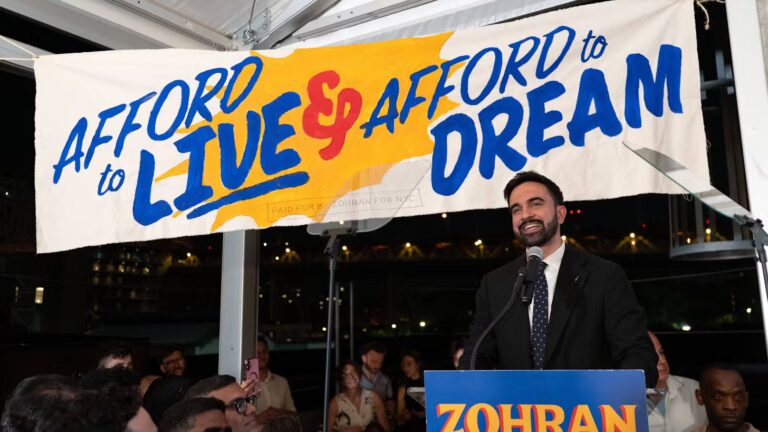

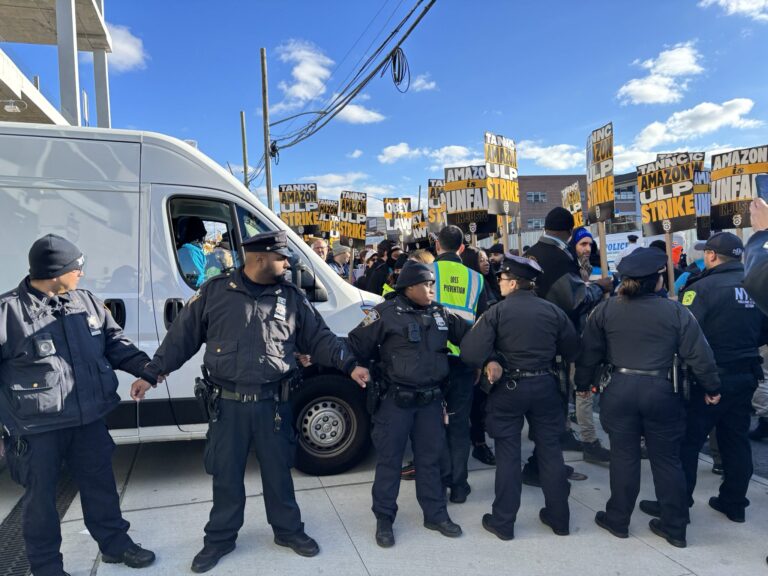



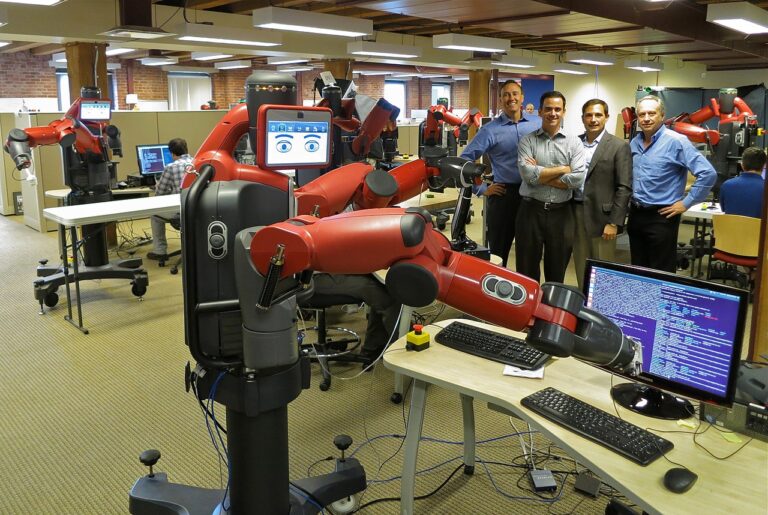
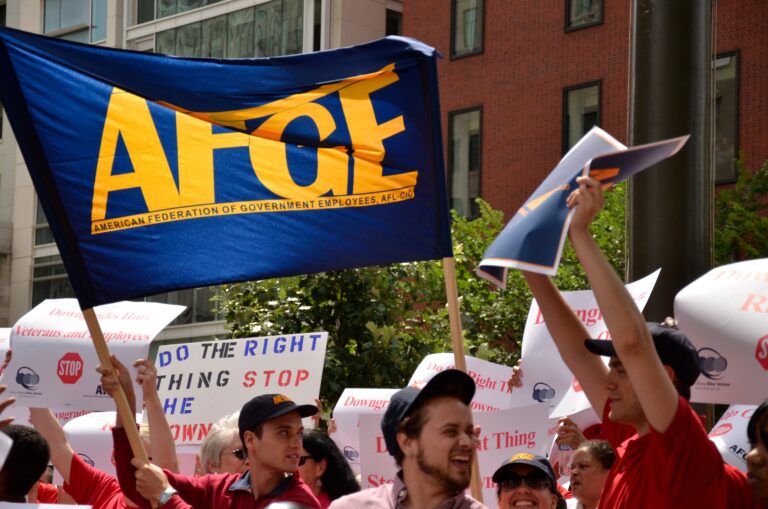
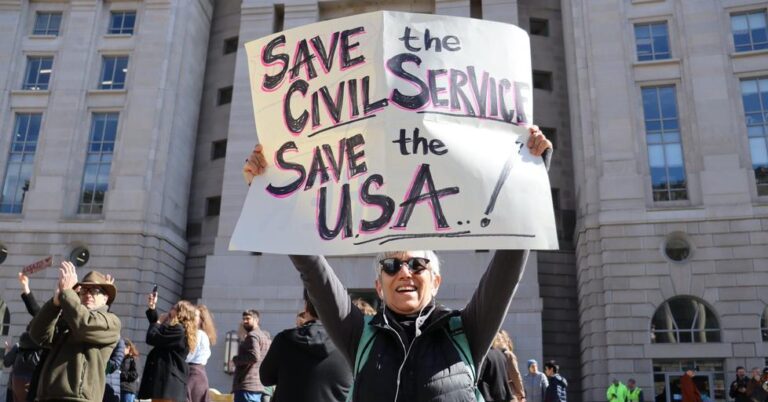
Daily News & Commentary
Start your day with our roundup of the latest labor developments. See all
December 8
Private payrolls fall; NYC Council overrides mayoral veto on pay data; workers sue Starbucks.
December 7
Philadelphia transit workers indicate that a strike is imminent; a federal judge temporarily blocks State Department layoffs; and Virginia lawmakers consider legislation to repeal the state’s “right to work” law.
December 5
Netflix set to acquire Warner Bros., Gen Z men are the most pro-union generation in history, and lawmakers introduce the “No Robot Bosses Act.”
December 4
Unionized journalists win arbitration concerning AI, Starbucks challenges two NLRB rulings in the Fifth Circuit, and Philadelphia transit workers resume contract negotiations.
December 3
The Trump administration seeks to appeal a federal judge’s order that protects the CBAs of employees within the federal workforce; the U.S. Department of Labor launches an initiative to investigate violations of the H-1B visa program; and a union files a petition to form a bargaining unit for employees at the Met.
December 2
Fourth Circuit rejects broad reading of NLRA’s managerial exception; OPM cancels reduced tuition program for federal employees; Starbucks will pay $39 million for violating New York City’s Fair Workweek law; Mamdani and Sanders join striking baristas outside a Brooklyn Starbucks.